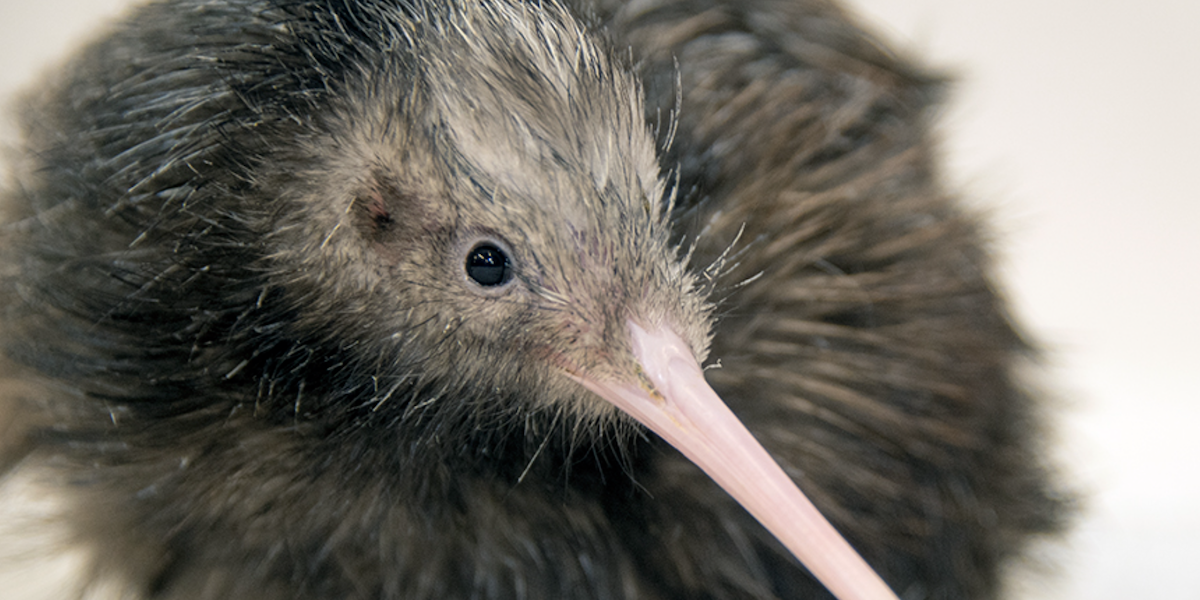Miami Zoo angered New Zealand over how it treated a kiwi - Breaking Latest News
Loading player Miami Zoo Wednesday he apologized for the way it had allowed its visitors to see… Miami Zoo has apologized for allowing its visitors to see and touch Paora, a small specimen of kiwi who has lived in the structure since 2019 as part of a program to preserve the species. Video shared on social networks showed zoo visitors vigorously stroking or holding the small bird, which is a nocturnal animal, cannot fly and is very vulnerable. The story quickly created some turmoil and great media attention in New Zealand, where kiwis are the national symbol and are so popular that they have given the nickname to the citizens of New Zealand themselves. The zoo has since apologized and clarified that Paora will no longer be in contact with the public or exposed to bright lights. The New Zealand Department of Animal Conservation will discuss the situation with some of the issues raised with the US.

Published : 2 years ago by admin in World
Miami Zoo Wednesday he apologized for the way it had allowed its visitors to see and touch Paora, a small specimen of kiwi who has lived in the structure since 2019 as part of a program to preserve the species. Some video shared on social networks showed zoo visitors vigorously stroking or holding the small bird, which is a nocturnal animal, cannot fly and is very vulnerable: the story quickly created some turmoil and great media attention in New Zealand, where kiwis are the national symbol and are so popular that they have given the nickname to the citizens of New Zealand themselves.
Until a few days ago, the Miami Zoo offered its visitors the opportunity to meet Paora, the only kiwi housed in the structure, up close, for a price of about 25 dollars. The visits were carried out during the day, in full light, and therefore in the least suitable conditions for the animal: apparently, moreover, the appropriate indications were not followed to ensure its well-being.
Videos showing zoo visitors touching, petting or reaching for Paora had garnered hundreds of thousands of views online and had also been broadcast on national television in New Zealand. The affair had led a New Zealand woman to start one petition online to “save” the animal that had collected nearly 10,000 signatures in less than a day. On the petition page, the woman recalled that kiwis are nocturnal animals, which should live in dark environments and should be touched as little as possible: according to what she writes, however, Paora was forced to stay under very strong lights four days a week, spent in the hands of dozens of people every day and was “mocked and shown as a toy”.
Zoo communications manager Ron Magill explained to Radio New Zealand that he realized that it had been done «a huge mistake» and that the affair had «offended an entire nation». The zoo said it will no longer offer those types of visits and Magill clarified that Paora will no longer be in contact with the public or exposed to bright lights. He also intervened on the case New Zealand Prime Minister Chris Hipkinswho in a press conference thanked the Miami Zoo for having decided to suspend visits: according to Hipkins, the zoo administration “had realized that what they were doing was not appropriate, right or suitable for the kiwi”.
The attention that the little bird has gotten in New Zealand might seem a bit exaggerated, but in the country kiwis are treated with great attention and the New Zealand government has been investing in their conservation for years.
Kiwis belong to the order structioniformes. They are usually brown, have a length ranging from 35 to 65 centimeters and can live up to 50 years. They feed on subsoil insects and cannot fly: their wings are a few centimeters long and are hidden under the feathers. Before the arrival of Europeans in New Zealand, in the second half of the eighteenth century, their predators were rather limited: however, then many carnivorous animals were introduced into the territory, such as cats, dogs, ferrets, weasels, opossums and above all stoats, which began to decimate the 70 million kiwis then present. Today in total there are about 70,000 specimens.
– Listen also: “Aliens”: the first episode of Near and Far
Part of the funds allocated by the New Zealand government for the conservation of kiwis over the years has been used for the purchase and installation of traps for predators: another part is destined instead for research, nutrition and conservation projects.
The New Zealand Department of Animal Conservation explains that kiwis «They do not have to regularly removed from their burrows to be exposed to human contact’, but should only be handled for veterinary check-ups, rehabilitation or to be transported elsewhere. Also, their nape, the bristles on their heads, or their beaks should never be touched, as some zoo visitors were seen to do. The department he wrote on Twitter that although Kiwis living abroad are being treated separately “it will discuss the situation” with the appropriate US authorities to address some of the issues raised about how they are being treated.
– Read also: How to save a kiwi
Topics: Florida, Miami, New Zealand
